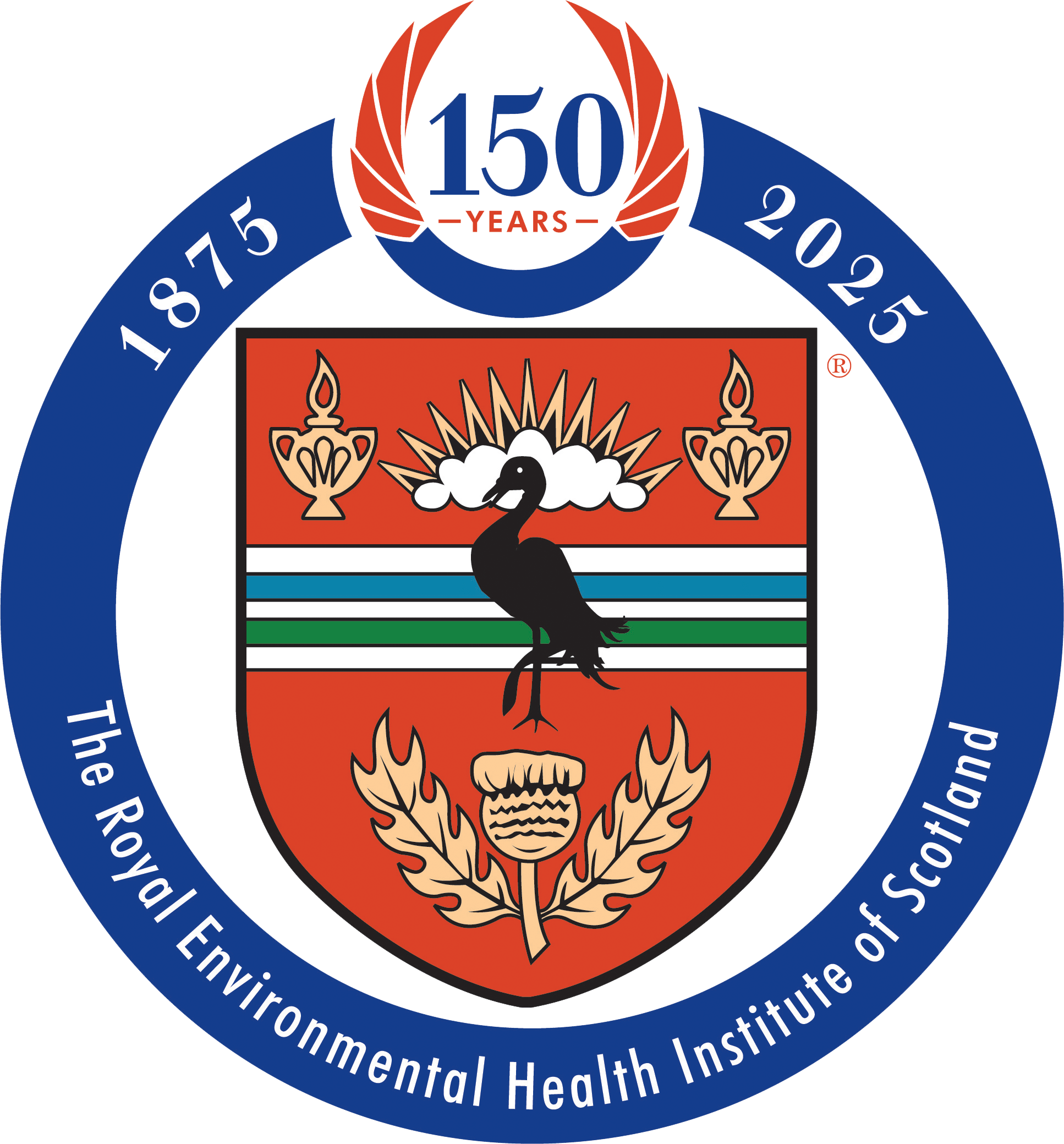Nearly one in three foodborne outbreaks in the EU in 2018 were caused by Salmonella. This is one of the main findings of the annual report on trends and sources of zoonoses published by the European Food Safety Authority (EFSA) and the European Centre for Disease Prevention and Control (ECDC).
In 2018, EU Member States reported 5,146 foodborne outbreaks affecting 48,365 people.
Slovakia, Spain and Poland accounted for 67% of the 1,581 Salmonella outbreaks. These outbreaks were mainly linked to eggs.
Salmonellosis was the second most commonly reported gastrointestinal infection in humans in the EU (91,857 cases reported), after campylobacteriosis (246,571).
By far the highest increase in 2018 was in the number of West Nile virus infections.
Cases of West Nile virus, a mosquito-borne zoonotic disease, were seven times higher than in 2017 (1,605 versus 212) and exceeded all cases reported between 2011 and 2017.
Most locally acquired West Nile virus infections were reported by Italy (610), Greece (315) and Romania (277). Czechia and Slovenia reported their first cases since 2013.
Italy and Hungary have also registered an increasing number of West Nile virus outbreaks in horses and other equine species in recent years.
Shiga toxin-producing E. coli (STEC) has become the third most common cause of foodborne zoonotic disease with 8,161 reported cases – replacing yersiniosis with a 37% increase compared to 2017. This may be partly explained by the growing use of new laboratory technologies, making the detection of sporadic cases easier.
The number of people affected by listeriosis in 2018 is similar to 2017 (2,549 in 2018 against 2,480 the previous year). However, the trend has been upward over the past ten years.
Of the zoonotic diseases covered by the report, listeriosis accounts for the highest proportion of hospitalised cases (97%) and highest number of deaths (229), making it one of the most serious foodborne diseases.

